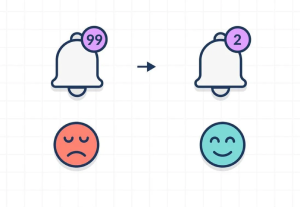How Agentic AI is Reshaping Customer Experience: From Response Time to Personalization
- The article explores how agentic AI is transforming customer experience by enabling faster, smarter, and highly personalized interactions.
- It highlights the shift from reactive customer service to proactive, autonomous AI-driven systems that improve operational efficiency and customer satisfaction.
- The piece emphasizes the importance of ethical AI use, including transparency, data privacy, and maintaining human-AI collaboration in service.
Share:How Agentic AI is Reshaping Customer Experience: From Response Time to Personalization
Share this link
- July 8, 2025
6 min read








